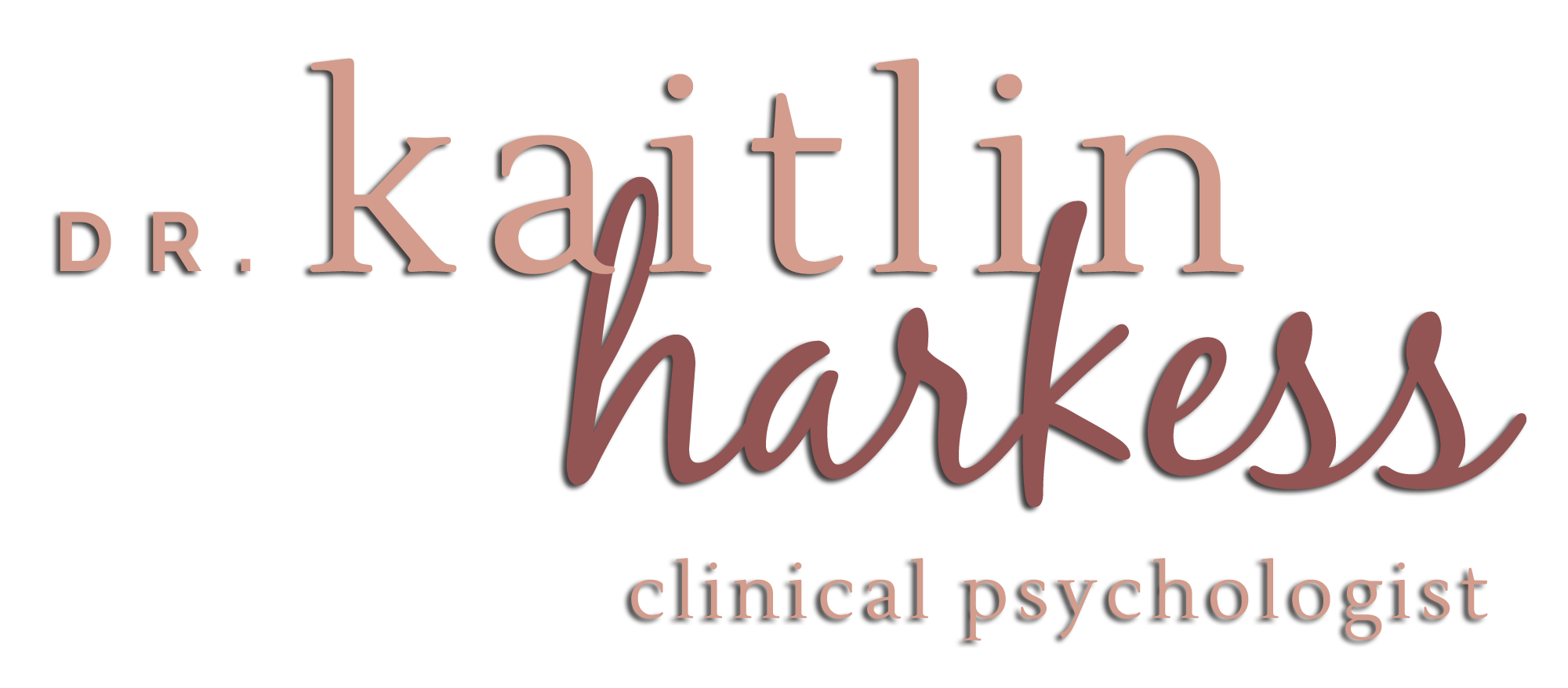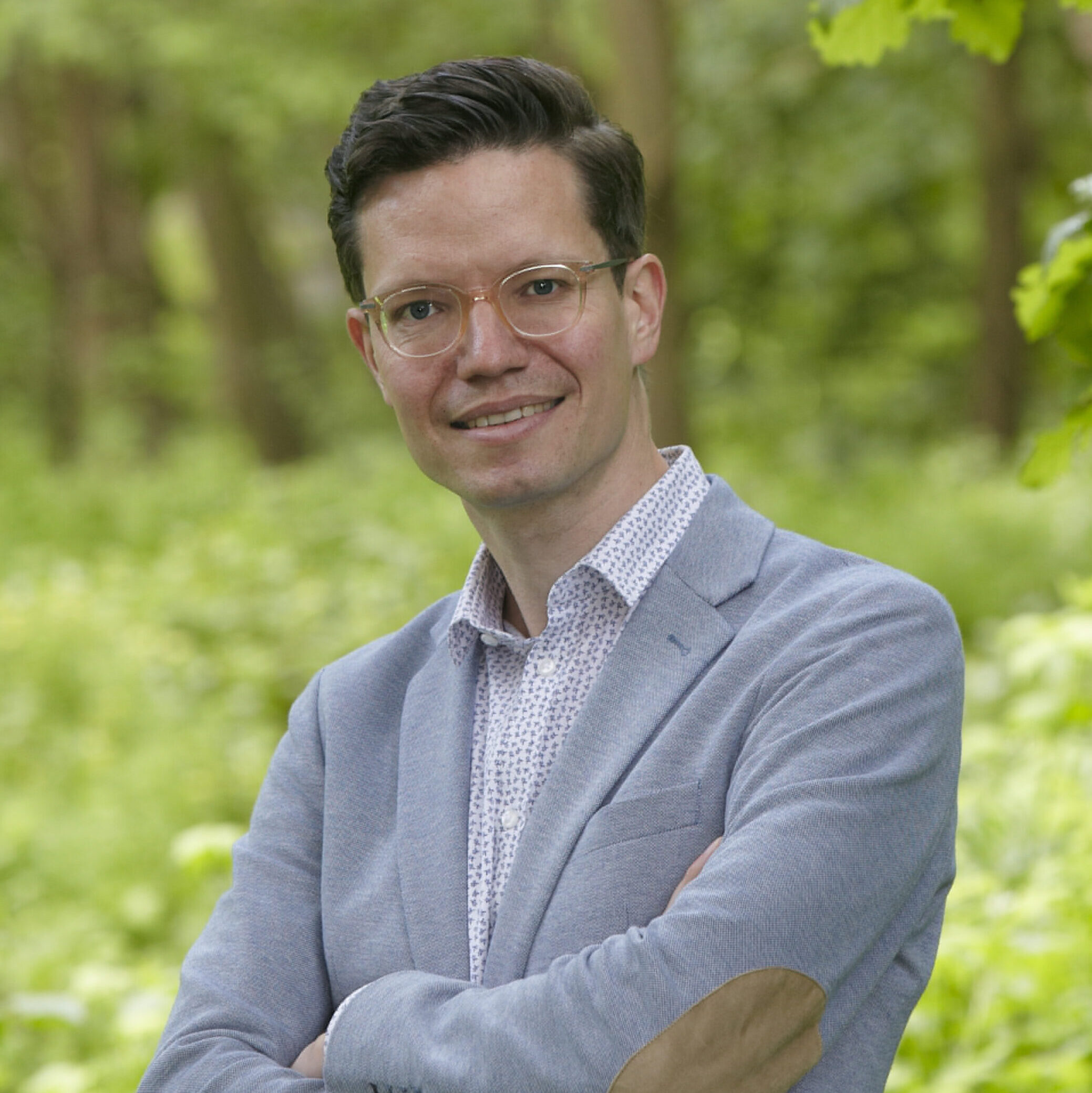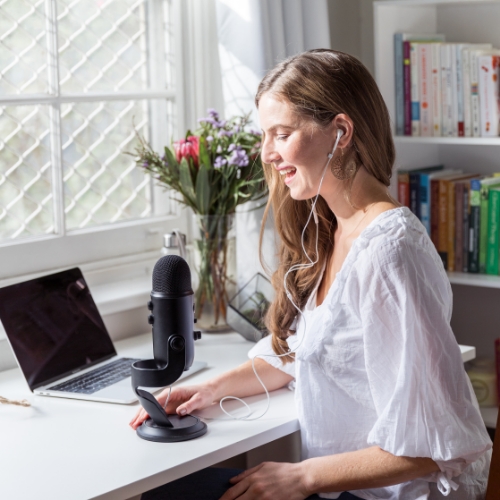Welcome to the eight episode of the Wisdom for Wellbeing Podcast. On this episode I interview Dr. Melissa Jay, registered psychologist, yogi, and leader in the provision of trauma-informed yoga training.
I really enjoyed this conversation with Dr. Jay, and in particular, her teachings of yoga as a life practice – it highlights a beautiful notion of a connected and integrated life. Dr. Jay describes yoga supporting her to figure out what is important to her, and how yoga can support interception, which is, ultimately noticing what is going on internally for one’s self. How powerful. And, how curious that this is not something that we are easily able to do – that it is something we must cultivate, and practice. Particularly where there may be a trauma history. I hope that you will enjoy this episode, be it as a yoga teacher, potential yoga teacher, practitioner, or potential practitioner. I think that Dr. Jay shares information that is broadly relevant – and a beautiful insight meditation!
What is covered in this episode:
>> How checking in with your intentions and finding a clear vision supports movement forwards
>> How yoga can help a ‘busy gal’ slow down
>> How she was inspired to integrate her knowledge as a psychologist as yoga teacher
>> Connecting in with vison and needs to say yes and no utilizing meditation
>> Yoga as a practice as life (and using breath as meditation)
>> Learning to feel what is going on in the body through introspection and how reprocessing can help work through t(T)rama
>> The importance of choice, and experiencing the present moment, taking effective action, and creating rhythms
Insight Meditation Instructions
Close your eyes if it feels safe. Gently ask yourself the following questions:
- Who am I?
- What do I want?
- What is my purpose?
- What am I grateful for?
- Letting that go
Inhale through your nose, open your mouth and a nice big sigh. Feel and notice what you notice, maybe some sensations in your body. Notice how you feel: mind, body and spirit.
*You can access an audio version of just the meditation here*
Links Discussed
- Canmore Counselling – where you will find Dr. Jay’s Trauma-Informed Yoga Psychology School
- Trauma Informed Yoga Psychology and Canmore Counselling on Instagram

Dr Melissa Jay
Dr. Melissa Jay is a registered psychologist and director of Canmore Counselling and the Trauma-Informed Yoga Psychology School. From an attachment-based trauma-informed lens, she is passionate about supporting growth through connection, mindfulness, and self-awareness. Psychology and Yoga have changed her life and she is passionate about sharing her learnings, curiosities, and practices with professionals and practitioners who are keen to increase their understanding of how trauma-informed yoga can support mind-body-spirit integration and healthy relationships with ourselves and others.



